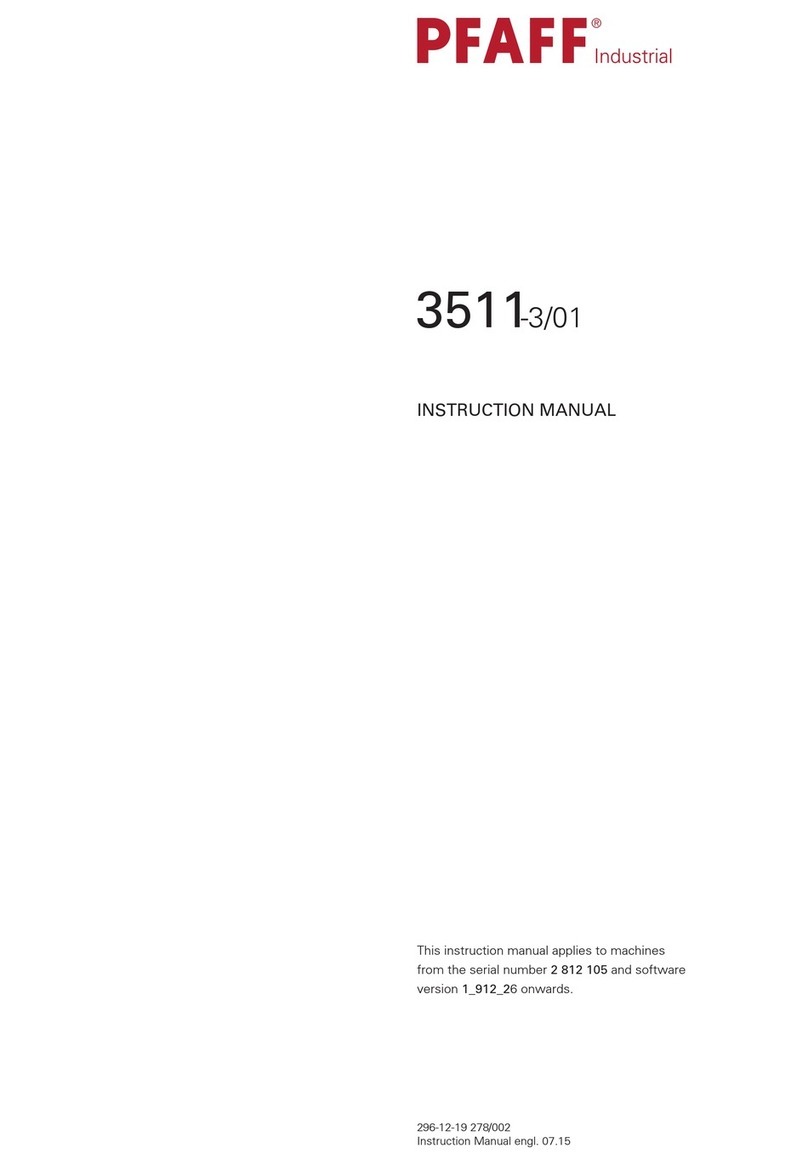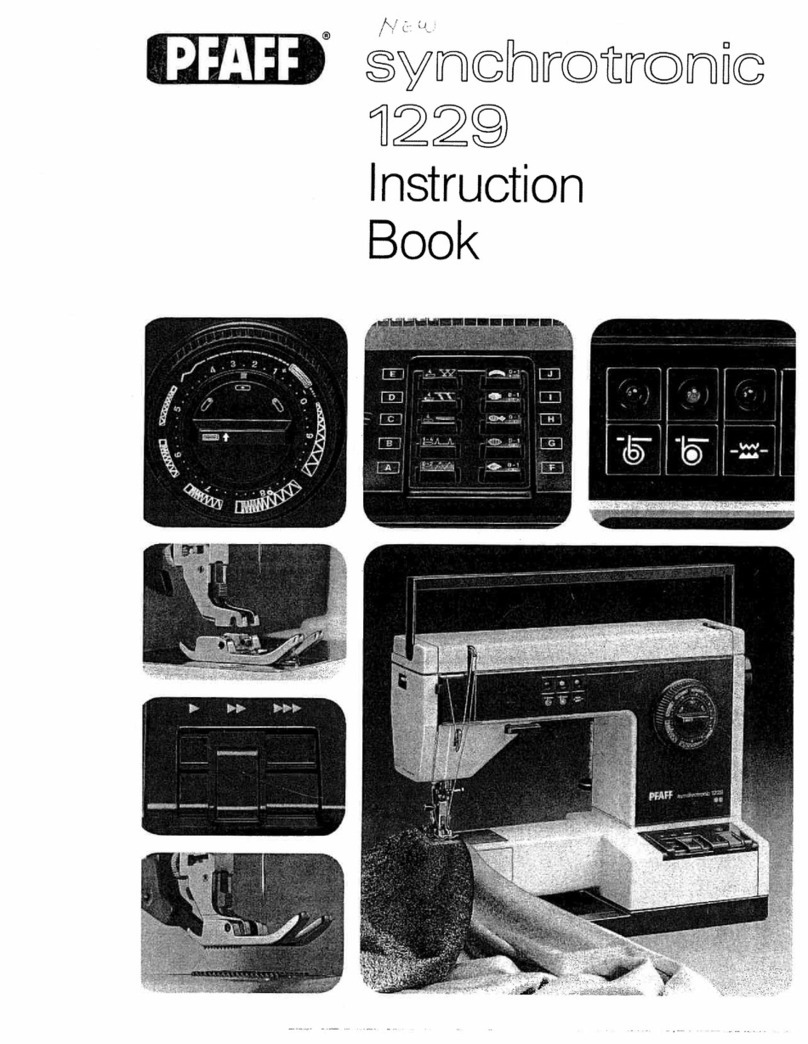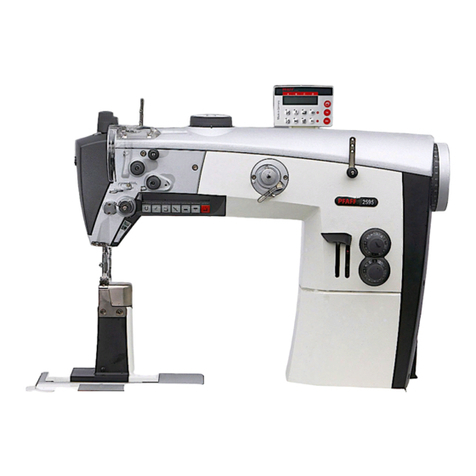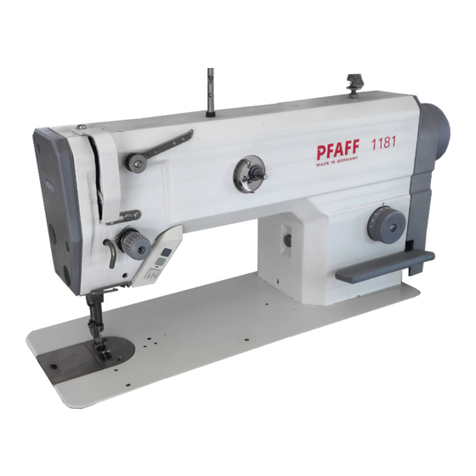Pfaff HOBBYMATIC 947 User manual
Other Pfaff Sewing Machine manuals
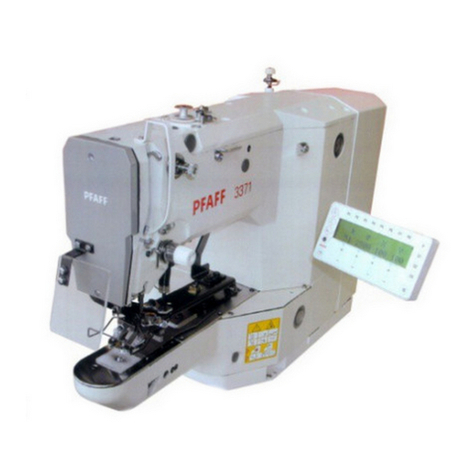
Pfaff
Pfaff 3371-10 series User manual
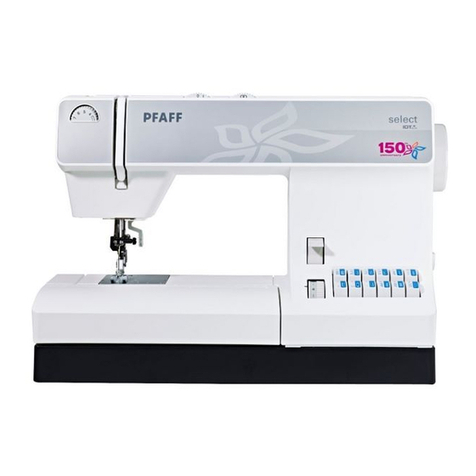
Pfaff
Pfaff select 150 User manual

Pfaff
Pfaff 9063 User manual
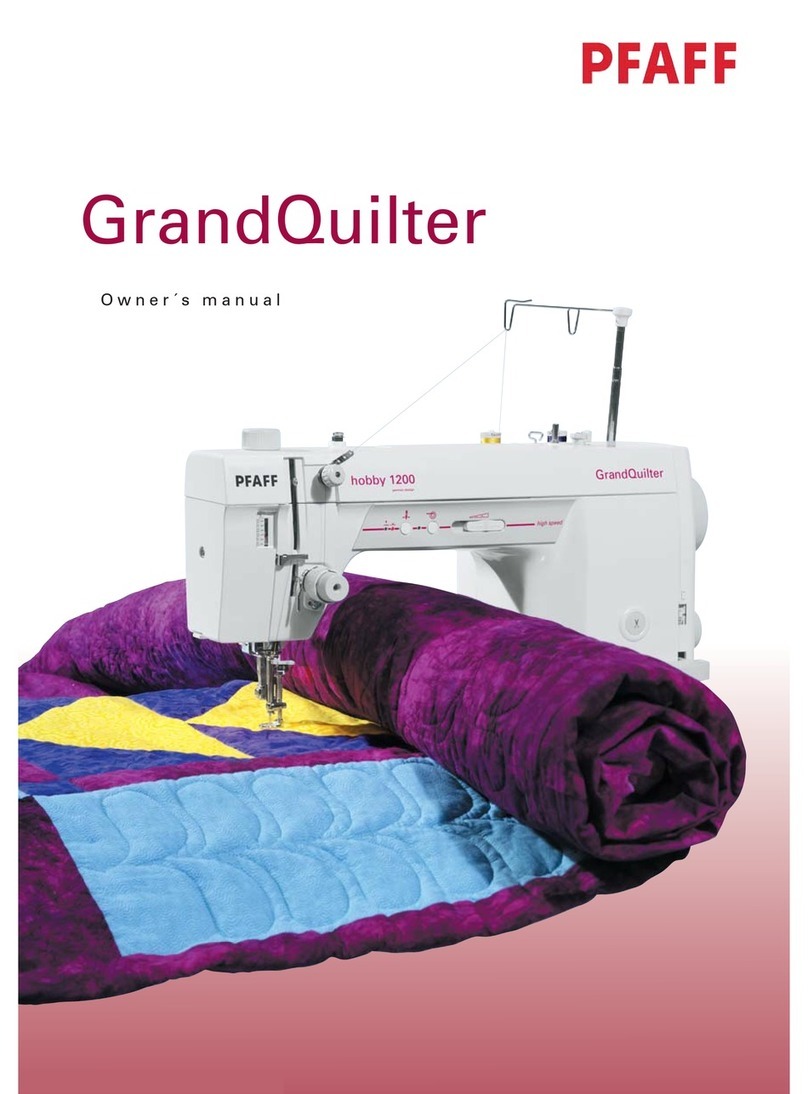
Pfaff
Pfaff GrandQuilter User manual
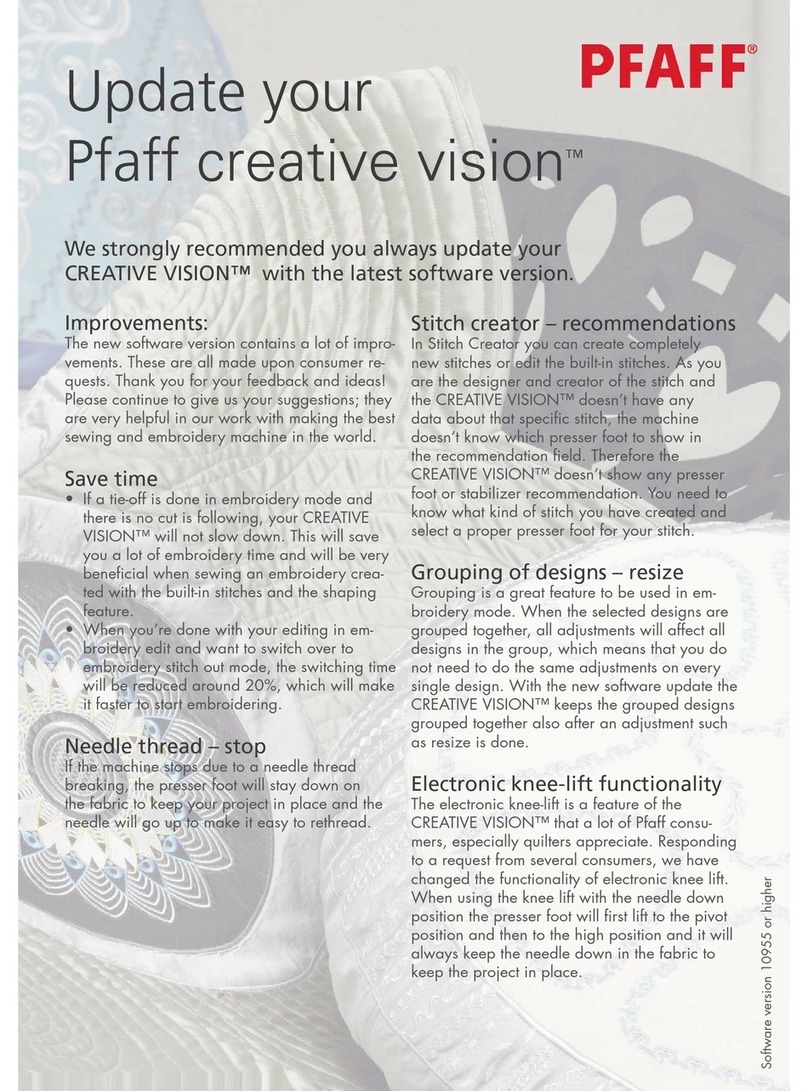
Pfaff
Pfaff Creative Vision Technical manual
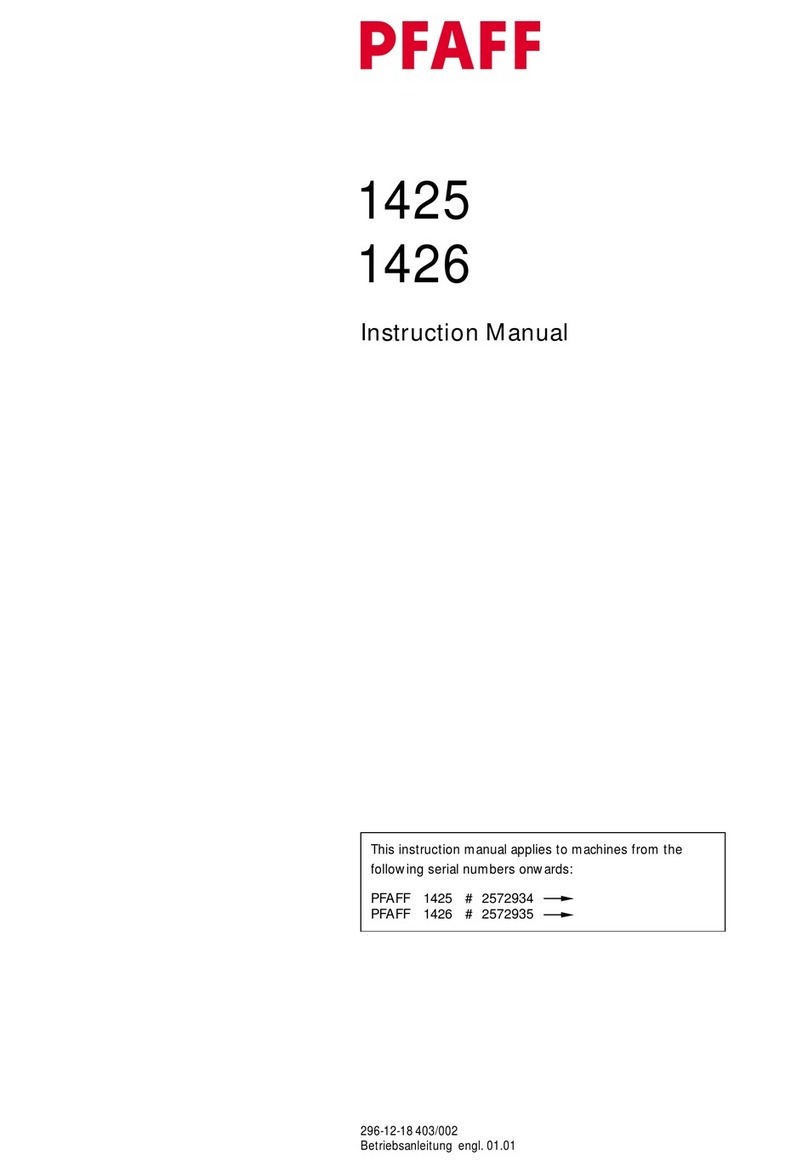
Pfaff
Pfaff 1425 User manual
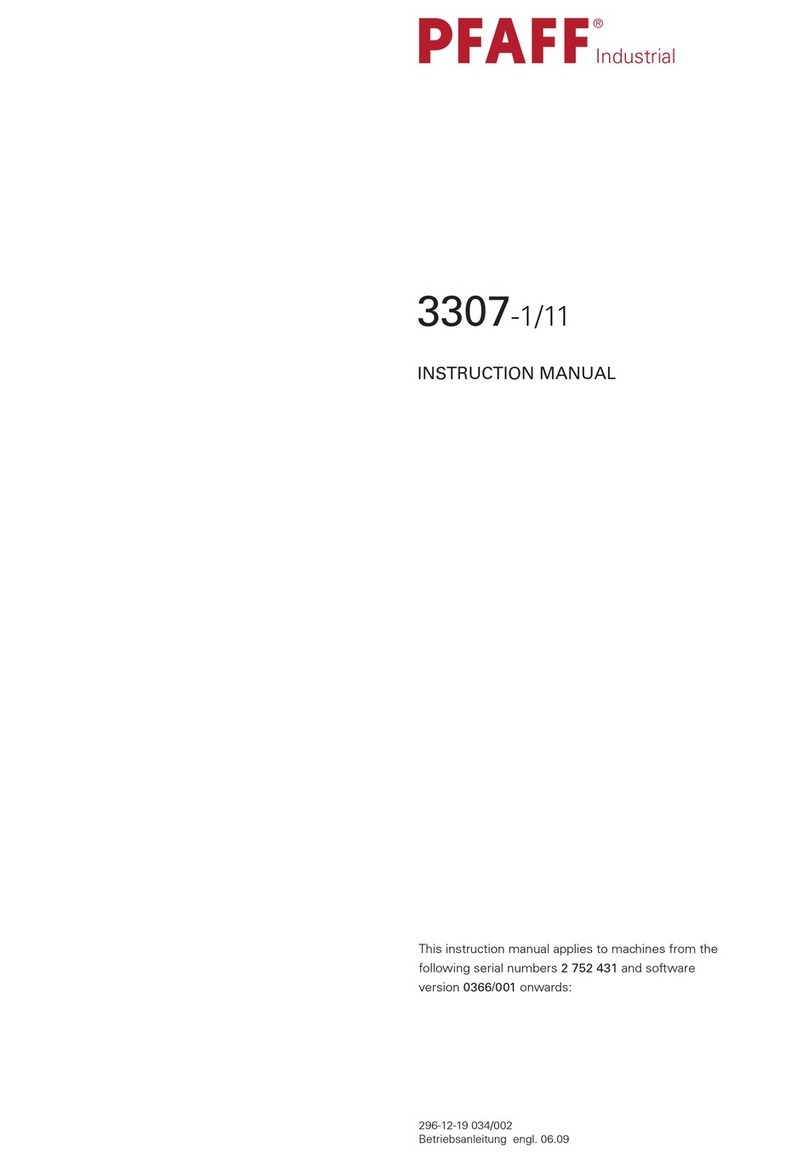
Pfaff
Pfaff 3307-1 SERIES User manual
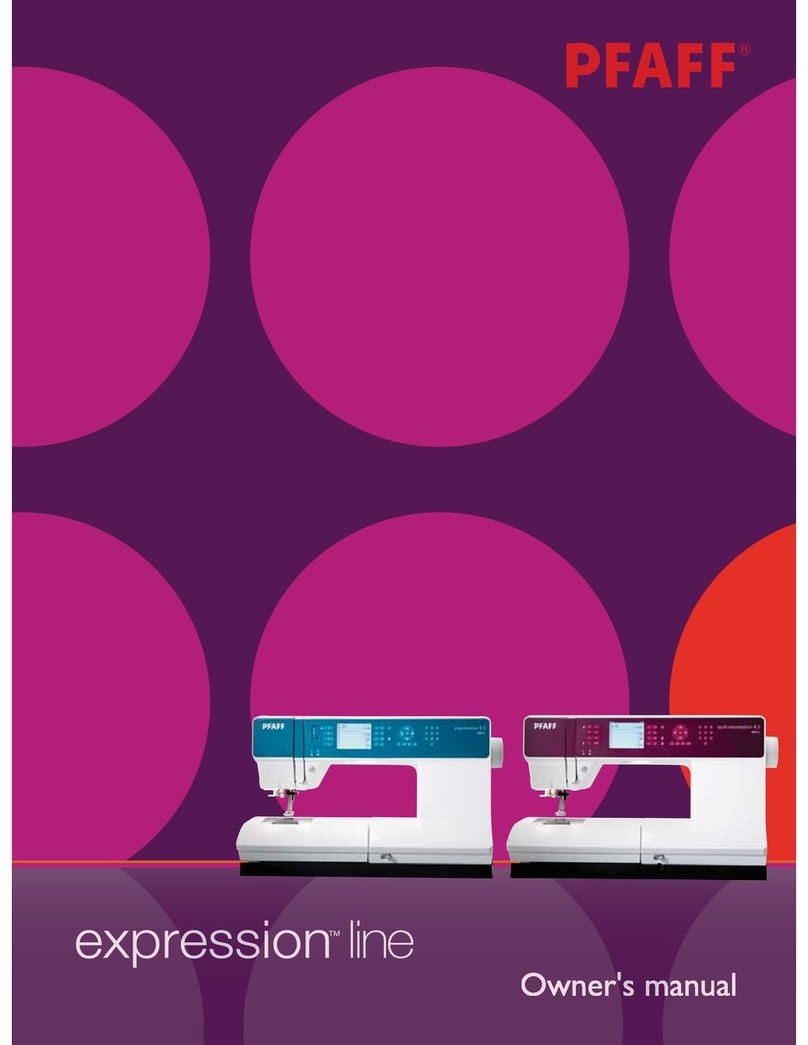
Pfaff
Pfaff Espression line User manual
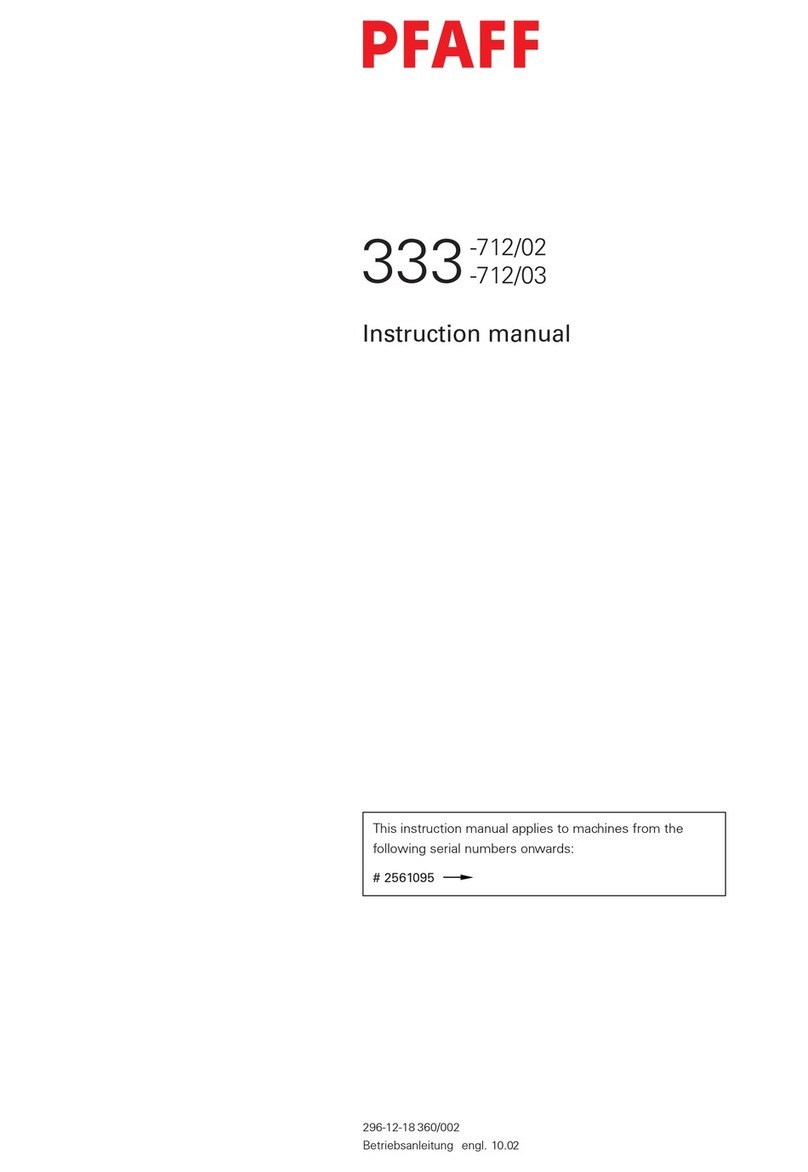
Pfaff
Pfaff 333-712/02 User manual
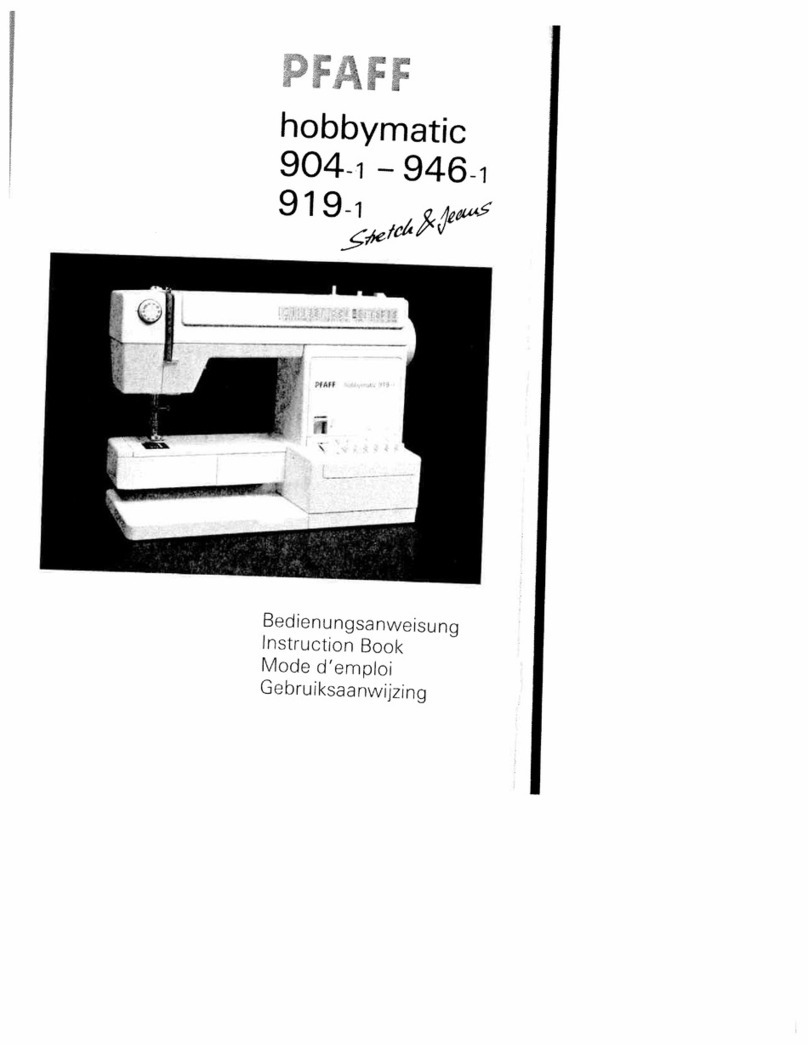
Pfaff
Pfaff hobbymatic 904-1 User manual
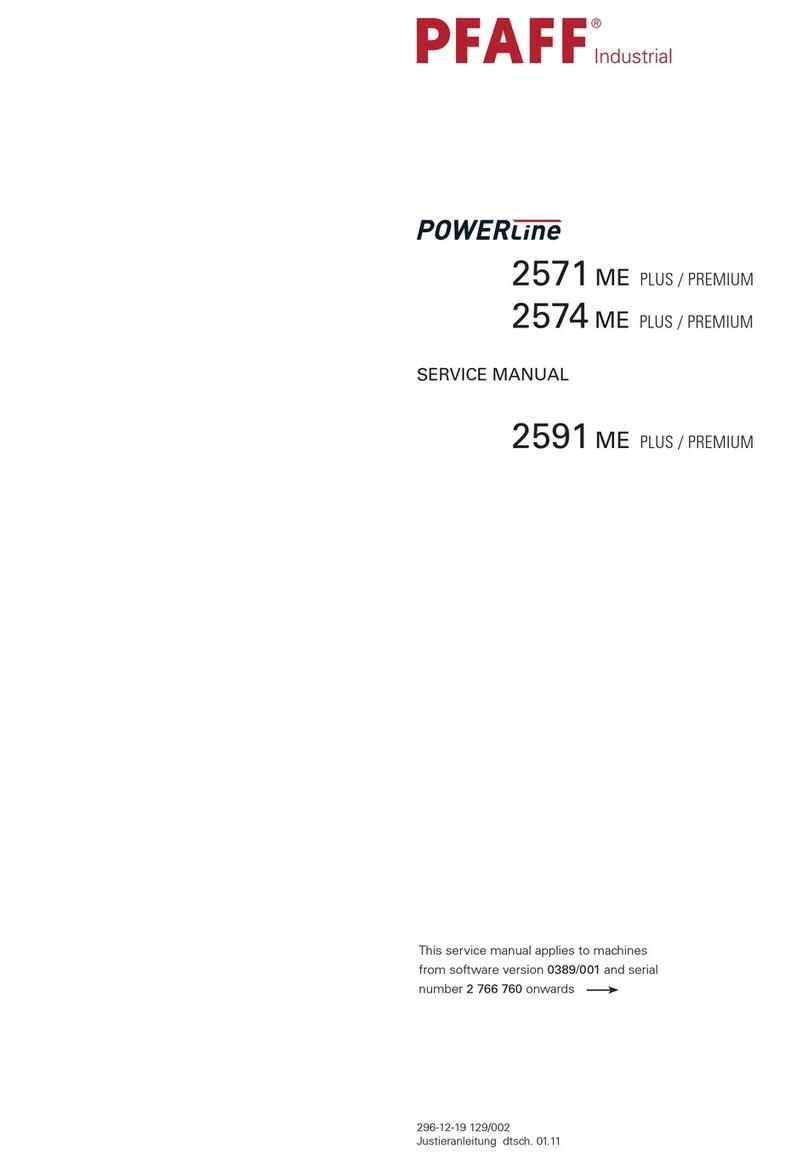
Pfaff
Pfaff POWERLINE 2571 ME PLUS User manual
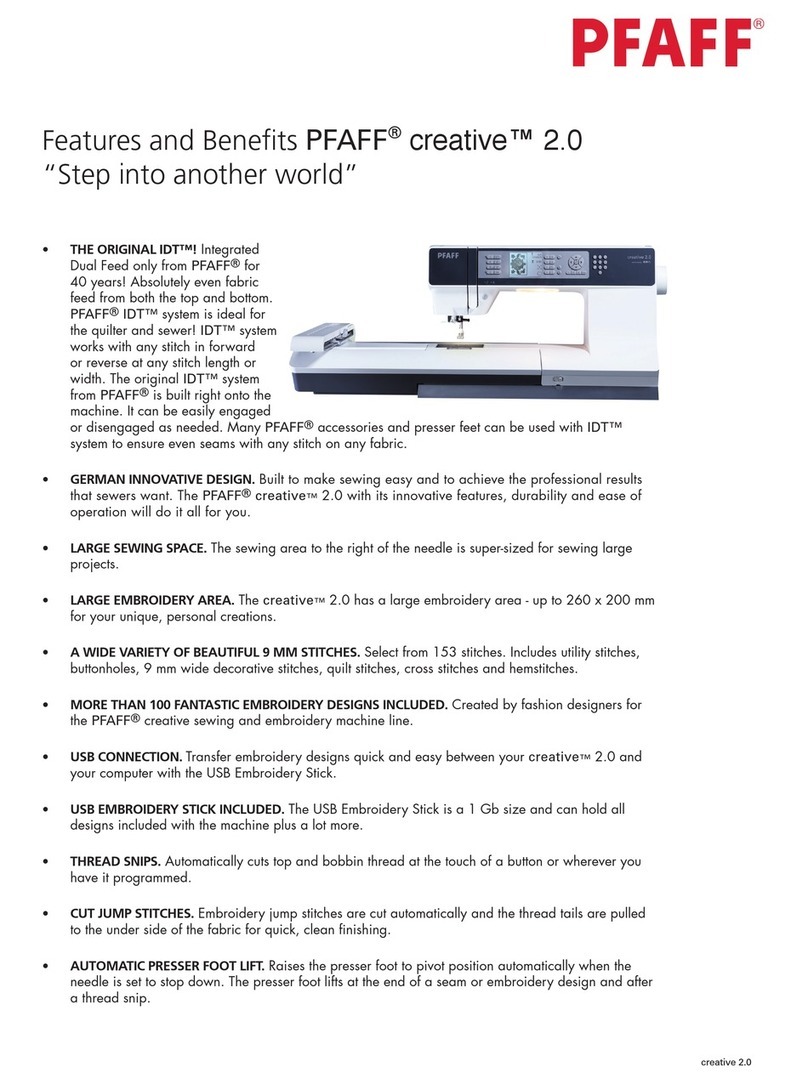
Pfaff
Pfaff CREATIVE 2.0 - User manual
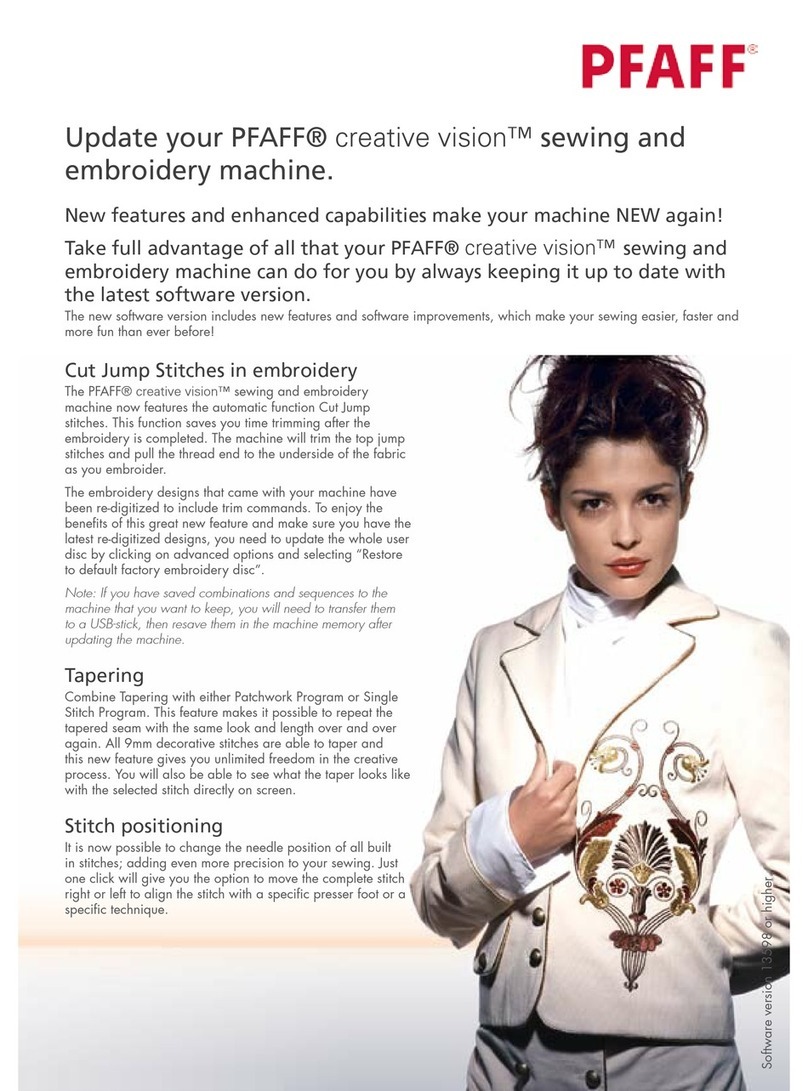
Pfaff
Pfaff CREATIVE VISION - V13598 UPDATE CREATIVE VSION SEWING AND EMBROIDERY... Technical manual

Pfaff
Pfaff 1216 User manual
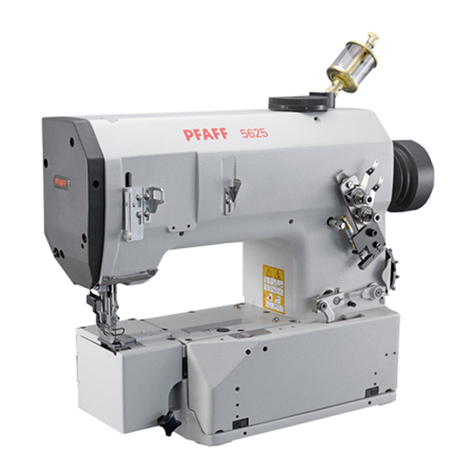
Pfaff
Pfaff 5625-657/01 User manual
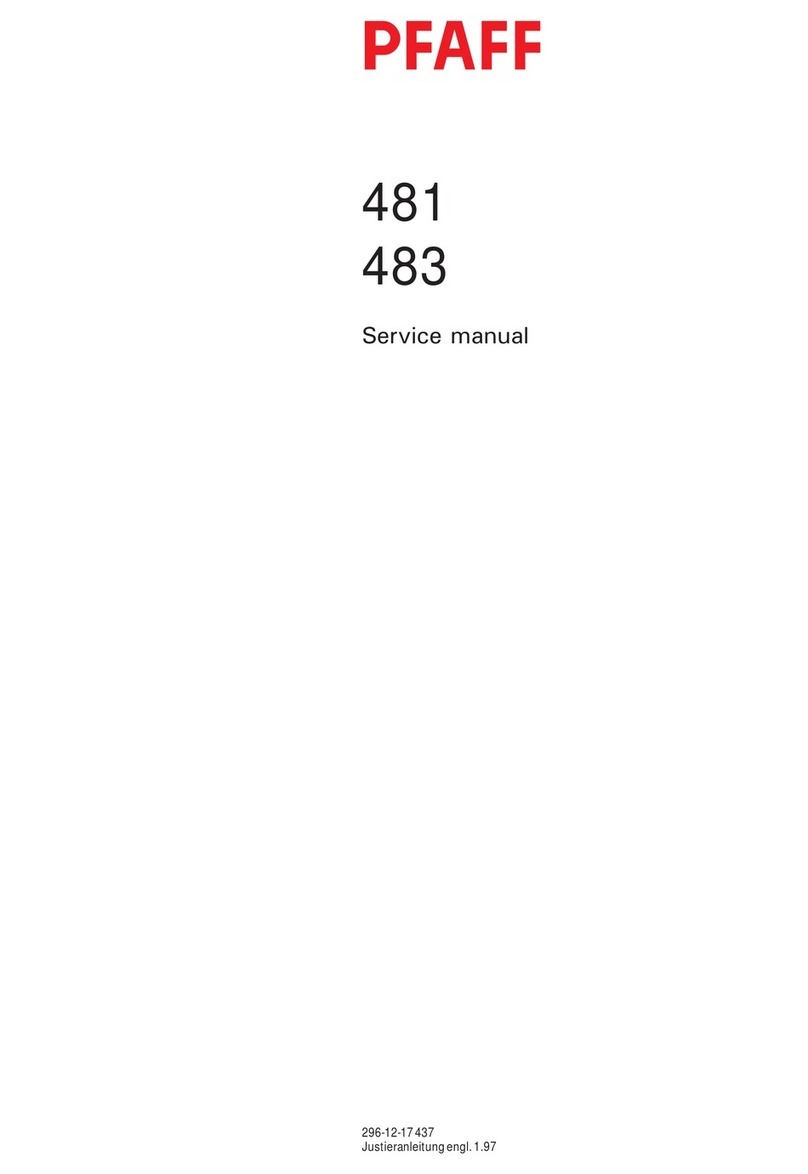
Pfaff
Pfaff 481 User manual

Pfaff
Pfaff hobby 1122 User manual
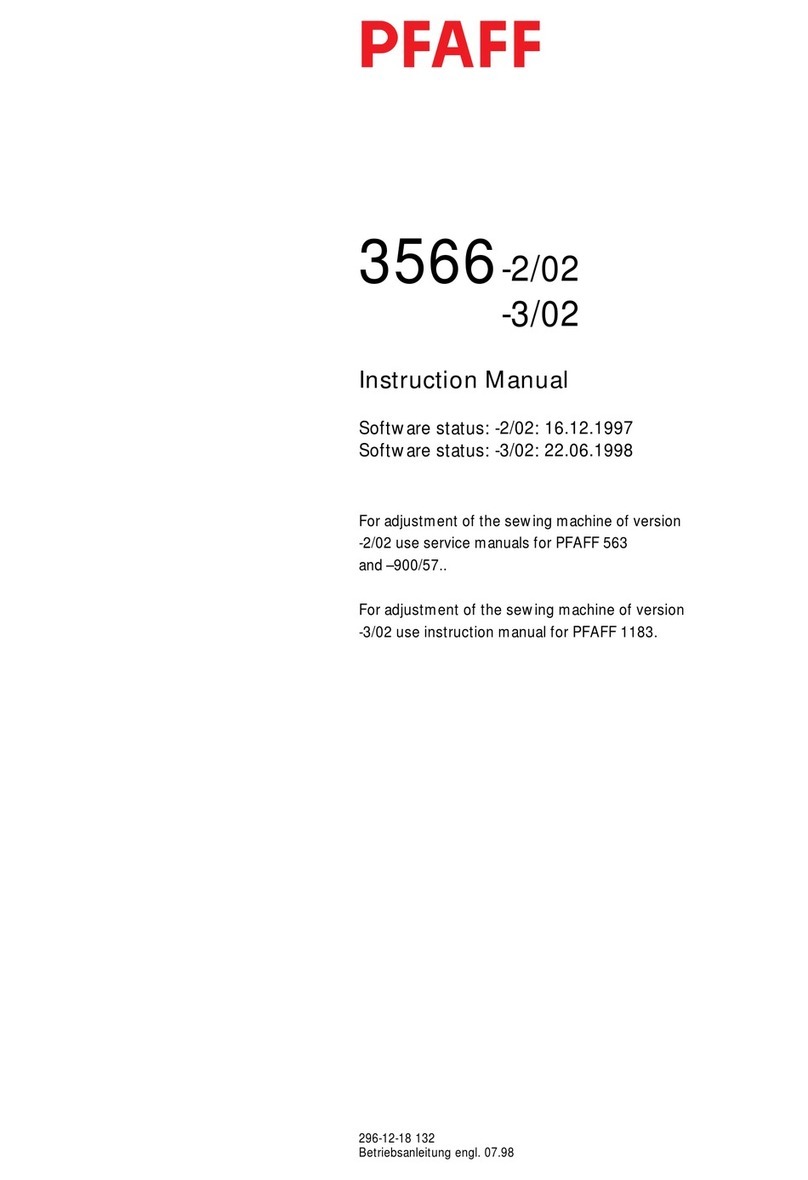
Pfaff
Pfaff 3566-2/02 User manual
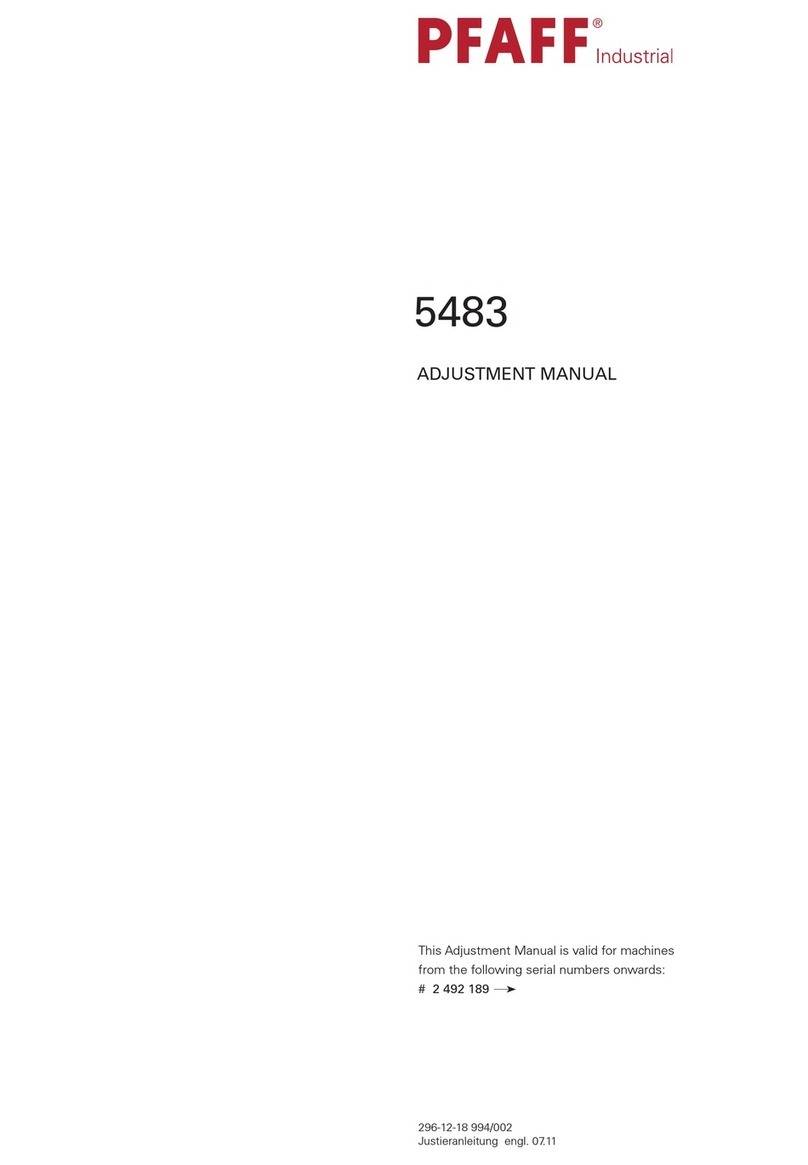
Pfaff
Pfaff 5483 Series Guide
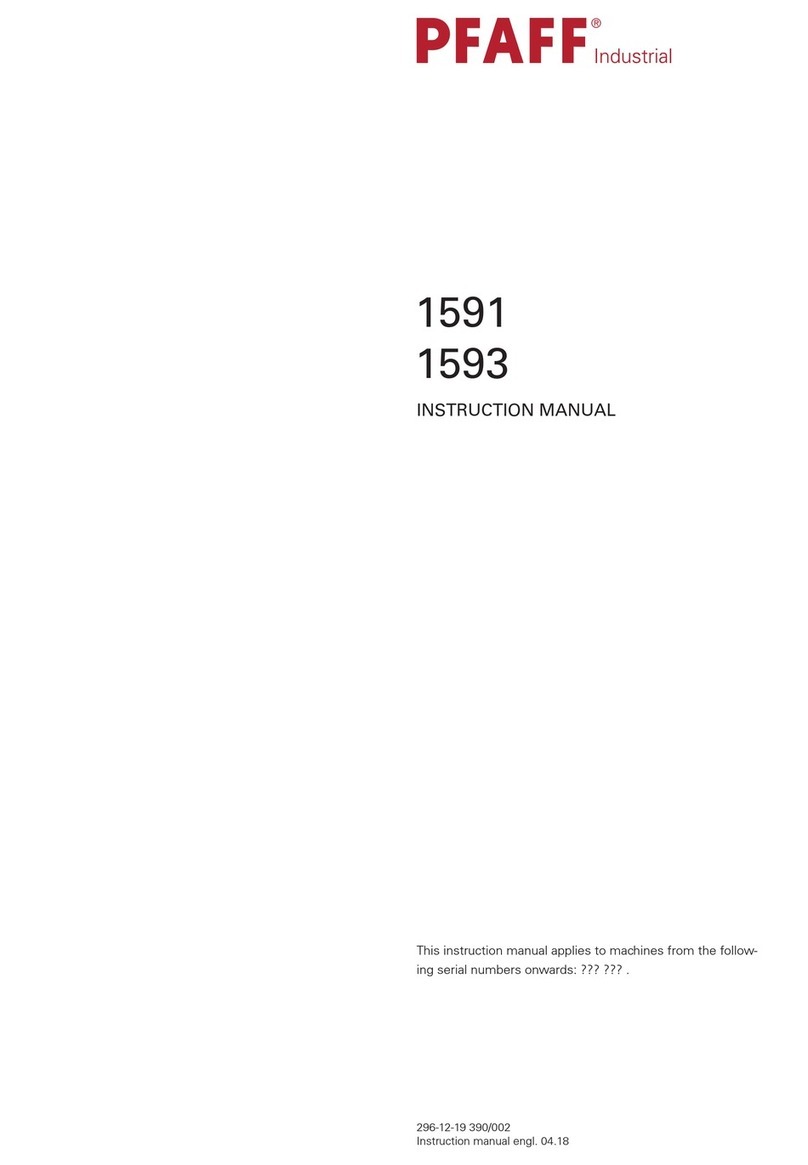
Pfaff
Pfaff 1591 User manual
